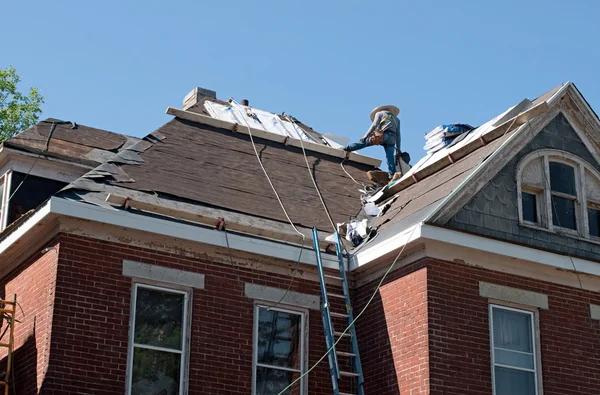The roads across Canada are changing—and not just with new pavement. A growing shift in transportation laws is affecting how commercial vehicles operate, and British Columbia is leading the way. In 2024, the province introduced a new law requiring mandatory speed limiters on certain vehicles. This change isn’t just a one-off. It’s part of a broader national trend to improve road safety and reduce emissions.
With provinces like British Columbia leading the charge, understanding Canadian speed limiter compliance is becoming essential for commercial drivers and fleet managers alike.
Let’s take a closer look at what’s happening in BC and across the country.
British Columbia’s 2024 Speed Limiter Law: What You Need to Know
British Columbia’s new rule, which came into effect in early 2024, targets commercial vehicles—mostly heavy-duty trucks. Under the law, any truck that operates in the province and weighs over 11,794 kilograms must have a functional speed limiter set to a maximum of 105 km/h (about 65 mph). This applies to both in-province and out-of-province carriers.
If your truck doesn’t have a working speed limiter, you could face steep fines or be ordered off the road. Inspections at weigh stations and during roadside enforcement checks are now more rigorous. The province is making it clear: either follow the rule or park the rig.
Why Speed Limiters? The Push for Road Safety and Emissions Control
So, why all the fuss about speed limiters? The main reason is road safety. Data shows that speed-related crashes tend to be more severe, especially with larger trucks. By capping speeds, the province hopes to reduce the number and intensity of accidents on highways.
Another reason is fuel efficiency. Trucks driving at lower speeds burn less fuel, which cuts down on carbon emissions. In a time when every province is trying to meet climate targets, this rule supports both transportation safety and environmental goals.
Some call it a win-win for society. Others, especially independent truckers, see it as another layer of control. But love it or hate it, it’s here.
Other Provinces Following Suit: A National Trend
British Columbia isn’t alone. Several provinces have already implemented or are planning similar regulations.
- Ontario and Quebec have had mandatory speed limiters since 2009.
- Manitoba is reviewing policy proposals with an eye on BC’s framework.
- Alberta has seen discussions within its legislature but hasn’t finalized anything yet.
This national trend is being nudged along by federal transportation authorities. While provinces handle their own enforcement, the long-haul nature of trucking in Canada means consistent rules make more sense.
Impact on Truckers and Fleet Owners
For many small carriers and independent truckers, this law means new costs. Installing a speed limiter can range from a few hundred to a few thousand dollars, depending on the vehicle’s age and existing systems. Newer trucks often already come with Electronic Control Modules (ECMs) that support speed limiters.
Beyond cost, there’s concern about delivery times. If a truck is capped at 105 km/h, it could take longer to reach destinations, especially on routes where faster speeds were previously common.
Fleet managers are adjusting logistics plans. Some are using telematics systems to monitor driver behavior and ensure compliance. Others are investing in training programs to help drivers manage trip schedules within the new limits.
Compliance Timeline and Enforcement in 2024
British Columbia didn’t just announce the rule and flip the switch. There was a grace period in late 2023 with awareness campaigns, public notices, and industry consultations. But as of early 2024, enforcement is in full effect.
Here’s what to expect:
- Spot checks at weigh stations and roadside inspections
- Onboard diagnostics (OBD) may be checked to confirm limiter settings
- Non-compliance penalties can include fines and impoundment
It’s no longer just a suggestion—it’s a legal requirement.
How to Stay Compliant: Practical Tips for Drivers and Fleets
Getting compliant doesn’t have to be overwhelming. Here are some steps to help:
- Check Your ECM – Most trucks made after 1995 have an ECM that supports speed limiting. A licensed technician can program it.
- Keep Documentation Handy – Some provinces require proof that the limiter is set. Keep service records in the cab.
- Train Drivers – Make sure they understand the new expectations and what happens if they’re caught speeding.
- Monitor with Fleet Tech – GPS tracking and engine data tools can show if drivers are sticking to limits.
- Stay Informed – Regulations can change. Subscribe to updates from Transport Canada and provincial ministries.
Frequently Asked Questions (FAQ)
Q: Who needs to have a speed limiter installed?
A: Trucks over 11,794 kg operating in provinces like BC, Ontario, and Quebec must have speed limiters set to 105 km/h.
Q: What if I’m just passing through BC?
A: If your vehicle is subject to the law and you’re on BC roads, you’re expected to comply—even if you’re based in another province.
Q: Are there exemptions?
A: Yes. Emergency vehicles and some off-road equipment may be exempt. But most freight haulers are not.
Q: Can the limiter be turned off?
A: No. Tampering with the limiter or disabling it is illegal and can result in hefty fines.
Conclusion: Preparing for a Slower but Safer Future
British Columbia’s new 2024 speed limiter law is a big move toward safer and cleaner highways. It might feel like another regulation to deal with, but the benefits—less fuel use, fewer accidents, lower emissions—make a solid case.
And with more provinces leaning in this direction, compliance isn’t just about BC anymore. It’s a shift in how trucking operates across Canada.
For fleet owners, independent operators, and anyone hauling loads from coast to coast, staying ahead of these changes means fewer surprises and safer roads for everyone.

